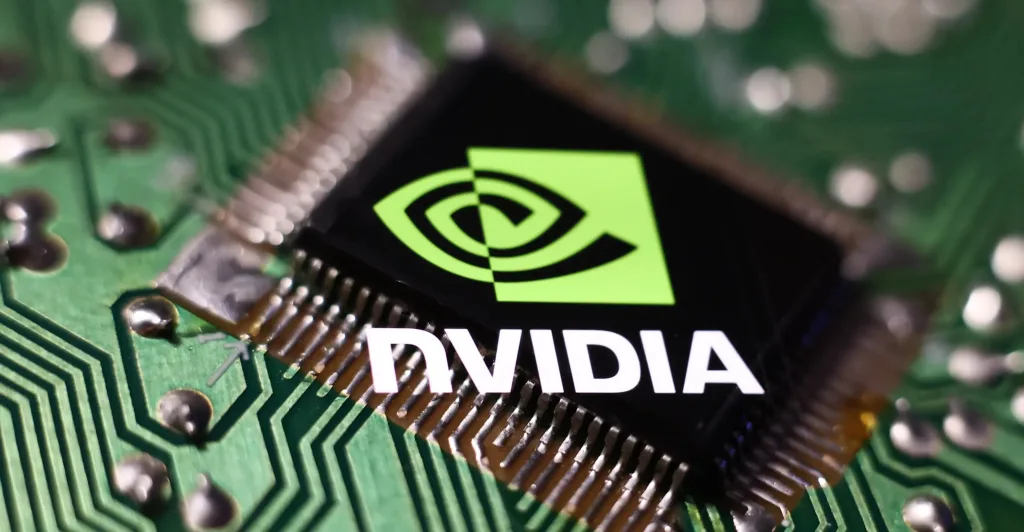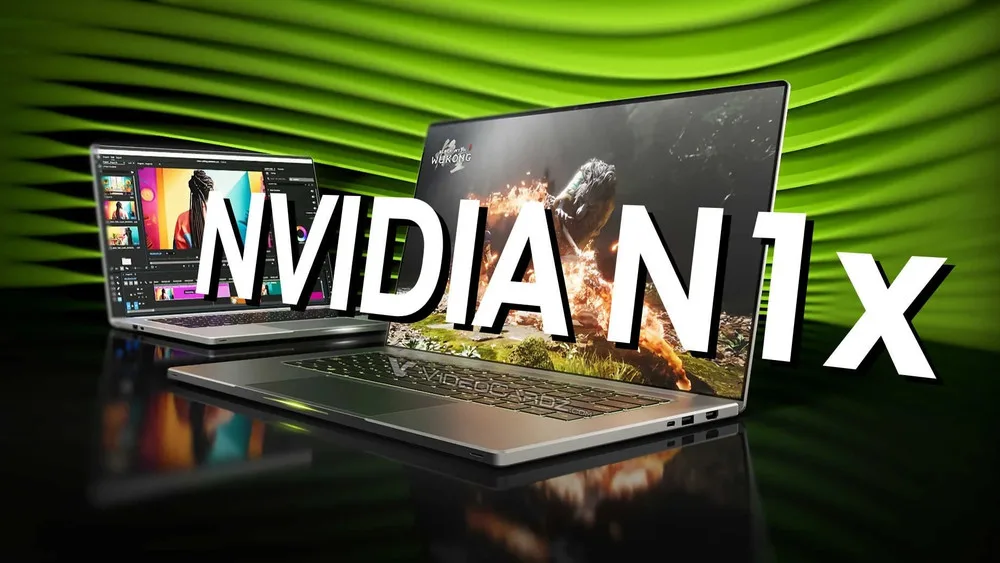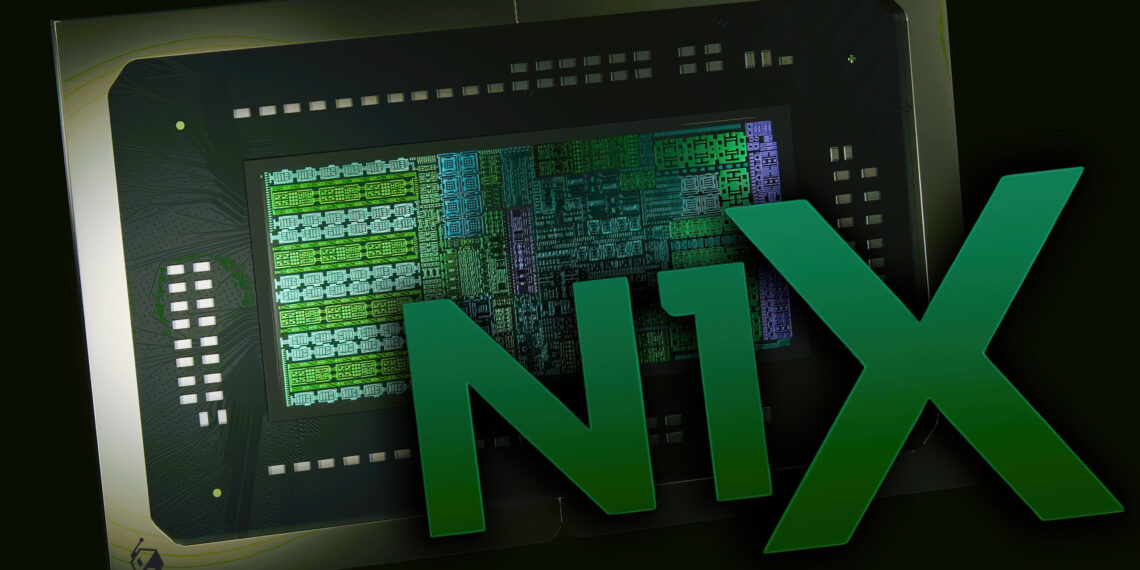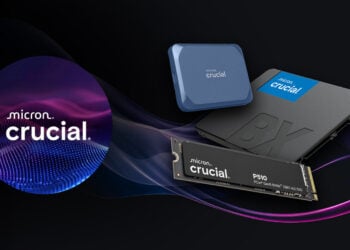Revolutionary chip architecture is coming! NVIDIA’s upcoming N1X SoC has appeared in Geekbench benchmarks, revealing impressive specifications that match the desktop RTX 5070’s core count. This engineering marvel packs 6144 Blackwell cores across 48 SM units, potentially transforming the integrated graphics landscape.

Table of Contents
N1X SoC: Desktop-Class Performance in Mobile Form
The N1X represents NVIDIA’s bold entry into the competitive SoC market, directly challenging Intel, AMD, Qualcomm, and Apple’s dominance.
| Specification | NVIDIA N1X Details |
|---|---|
| GPU Cores | 6144 Blackwell cores (48 SMs) |
| CPU Configuration | 20 cores (10 Cortex-X925 + 10 Cortex-A725) |
| Memory | LPDDR5X up to 128GB at 8533 MT/s |
| Process Node | TSMC N3 (3nm) |
| TDP | 100-120W peak power |
| Expected Launch | 2026 |
Early Performance Benchmarks Show Promise
Current Geekbench OpenCL results reveal the N1X scored 46,361 points, significantly outperforming all modern integrated GPUs. However, performance remains well behind the RTX 5070 due to engineering sample limitations and power constraints.

The chip currently operates at just 1.05 GHz – dramatically lower than the RTX 5070’s 2512 MHz boost clock. This massive frequency gap, combined with shared LPDDR5X memory instead of dedicated GDDR7, explains the performance delta.
Technical Challenges and Opportunities
Unlike the RTX 5070’s dedicated 12GB GDDR7 memory with 672 GB/s bandwidth, the N1X shares system memory across the entire SoC. This architectural compromise enables the compact form factor but limits peak performance potential.
The 120W TDP constraint means the GPU might receive only 100W during intensive workloads – 150W less than the desktop RTX 5070’s 250W budget. Despite these limitations, early results suggest NVIDIA can extract impressive performance from this constrained envelope.
Market Competition and Strategic Impact
The N1X directly competes with AMD’s upcoming Strix Halo “Ryzen AI Max” processors, which feature similarly large integrated GPUs. This marks NVIDIA’s first serious attempt to challenge established x86 and ARM players in the premium laptop market.
For gamers and content creators, the N1X could deliver unprecedented integrated graphics performance, potentially eliminating the need for discrete GPUs in many portable gaming scenarios.

Looking Ahead to 2026
As an engineering sample, current performance represents just the beginning. NVIDIA will optimize drivers, boost clock speeds, and refine power management before the 2026 launch window.
The N1X SoC could revolutionize thin-and-light laptops, offering desktop-class gaming performance without the bulk and heat of discrete graphics solutions.
FAQs
Will the N1X match RTX 5070 gaming performance?
No, power constraints limit performance despite similar core counts.
When will N1X-powered devices be available?
Expected launch timeline is sometime in 2026.








